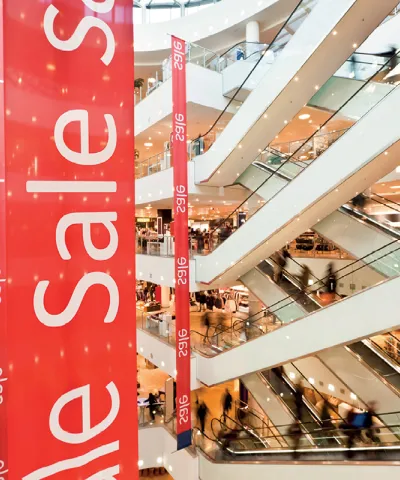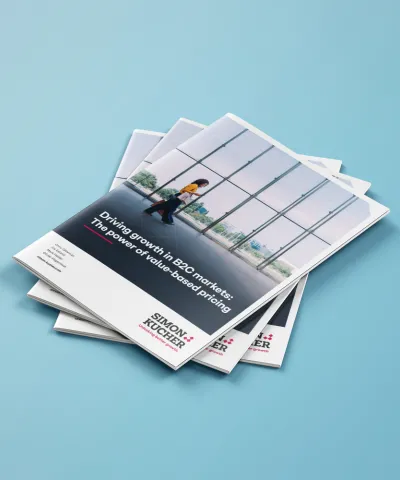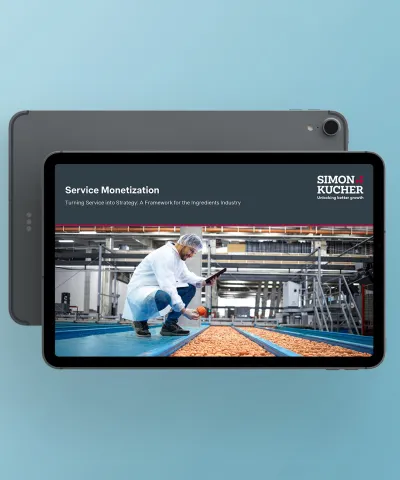Our recent study reveals that consumers plan to reduce spending over the next year and are looking to retailers and manufacturers to help ease their financial insecurities. Where are the greatest risks for consumer and retail companies, and where are the opportunities to unlock growth? Find out in our article here!
The world has been through a challenging time lately, with the global pandemic, international crises, and economic struggles taking its toll on consumer sentiment. However, there is hope on the horizon.
According to our recent Unlocking Growth in Times of Uncertainty study, many consumers are starting to feel better about their financial outlook. The number of participants who view their financial situation positively for the coming year is up by 12 percentage points compared to the last six months. An encouraging 36 percent believe things “will get better.”
Evaluation of past and future financial situation, split by regions
Share of respondents in %
Despite this newfound optimism, more than a third of surveyed consumers (38%) are still uncertain about the future. This is driven mainly by participants who already rate their financial outlook as pessimistic.
How does the current inflationary environment impact consumer behavior and influence their shopping habits? Here are the key findings from our survey:
Impact of financial insecurities on spending behavior
Ongoing uncertainty leads to a decrease in spending. This is confirmed by our study results: We found that 28% of all consumers believe that they will reduce their spending budget in 2023, especially for non-necessities from categories like Luxury, Entertainment, Home, and Leisure. This presents a challenge for companies in the consumer industry who are looking to target these uncertain consumer groups. Manufacturers and retailers will need to look for innovative ways to attract and incentivize budget-minded shoppers.
However, more than one-third of consumers signaled that they are planning to spend more on essentials such as food. Companies in this FMCG segment have the greatest opportunities, as here a large proportion of survey respondents even state that they are increasing their spending.
Expected spending behavior, split by goods and services
Share of respondents in %
Regional differences in purchasing behavior
The effect of tighter budgets on shopping frequency varies significantly from one region to another. There may be a global cut back on spending, yet in the Asia-Pacific region, consumers are ramping up on shopping trips. Our survey found that 48 percent of consumers in APAC are planning to increase their shopping frequency, which is up by nine percentage points compared to past purchasing behavior.
A similar trend by region can be seen in the increase in shopping volumes. APAC recorded the highest growth in shopping volume, followed by Latin America.
In contrast, the figures for Europe and North America are significantly less optimistic, with shoppers still holding back on shopping trips – albeit an improvement from the past six months. Here, it’s more important than ever to use the reduced number of touchpoints for consumer activation. Both retailers and manufacturers need to adapt their strategies to maximize the outcome of these interactions.
Expected purchasing behavior by shopping volume, split by region
Share of respondents in %
Consumers look to retailers and manufacturers to offset uncertainty
We asked consumers what retailers and manufacturers could do to improve their financial situation in the next 12 months. Unsurprisingly, consumers gravitate toward direct benefits: more discounts and more frequent promotions.
Ideal company support by FMCG companies
Share of respondents who ranked each answer option in the respective rank in %
When planned correctly, promotions and discounts can be beneficial to both customer and company, significantly boosting both the frequency and volume of sales. However, companies must carefully evaluate the potential impact of these tactics – identifying which promotions can generate additional benefits and which promotions purely have a negative effect on profit margins and brand image. Consumers can quickly get used to promotions and come to expect constant discounts in the long run. You need to be strategic in your approach!
Our top tips for discounts and promotions:
- Clearly define your promotion strategy, including measurable KPIs
- Carefully design your promotions and discounts, ensuring key elements such as frequency, visibility, discount level, etc. are in line with your goals
- Monitor the effectiveness of your efforts
- Eliminate the “bad” promotions that are destroying your value
- Make sure the right (digital) capabilities are in place
Only with the right strategy, can retailers and manufacturers capture both the attention of consumers and benefit from positive profit margins.
Reach out to Bjoern Dahmen or Francesco Fiorese to discuss your promotion strategy today!
Read more:
Power up the P&L: Trade terms that mitigate cost pressure
Offset consumer uncertainty with a robust promotion strategy








